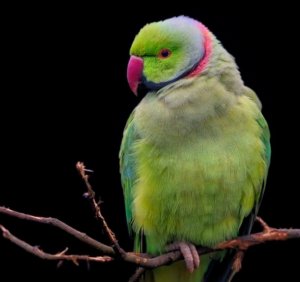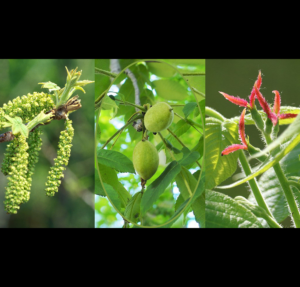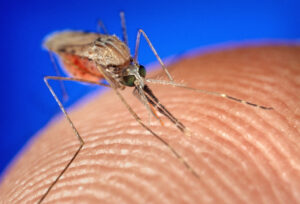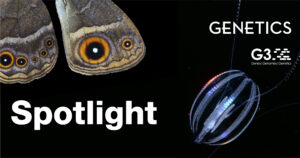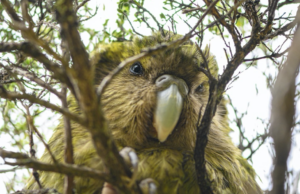Enter your address to receive notifications about new posts to your email.
Articles tagged Population Genetics
(72 results)
-
Science & Publishing
Andrew Kern joins G3 as Senior Editor
A new senior editor is joining G3: Genes|Genomes|Genetics. We’re excited to welcome Andrew Kern to the editorial team.
-
Science & Publishing
Christelle Fraïsse joins GENETICS as an associate editor
A new associate editor is joining GENETICS in the Theoretical Population & Evolutionary Genetics section. We’re excited to welcome Christelle Fraïsse to the editorial team.
-
Science & Publishing
Parrot plumage study aids breeders and endangered natural populations
Yellow coloration is maladaptive in the wild but prized by breeders.
-
Science & Publishing
The butternut’s big reveal
An international collaboration reveals the genetic secrets of endangered species. Butternuts are soft and oily, with a light walnut flavor that lingers on the tongue. But few Americans have tasted this endangered native. Now, University of Connecticut undergraduates have published the first full map of the unusual tree’s DNA in G3: Genes|Genomes|Genetics. The butternut is…
-
News
GENETICS welcomes new editor Konrad Lohse
A new associate editor is joining GENETICS in population and evolutionary genetics. We’re excited to welcome Konrad Lohse to the editorial team. Konrad LohseAssociate Editor Konrad Lohse is a population geneticist interested in learning about evolution in natural populations from genomic data. After a BSc at the University of St Andrews, he obtained a PhD…
-
News
GENETICS welcomes new editor Thomas Lenormand
A new associate editor is joining GENETICS in the population and evolutionary genetics section. We’re excited to welcome Thomas Lenormand to the editorial team. Thomas Lenormand Associate Editor Thomas Lenormand is Centre National de la Recherche Scientifique research director at the CEFE laboratory. He is an evolutionary geneticist, combining mathematical theory, statistical developments, laboratory experiments,…
-
Science & Publishing
The silver lining of bioinformatics
Bioinformatics—a scientific discipline that aims to curate, analyze, and distribute biological data—is facing a crisis: a deluge of data is overwhelming laboratories and existing infrastructure. Biologists, especially those working in genome sciences, have recognized the importance of big data: in just two decades, the number of genome sequences has increased 10,000-fold (from 180,000 to 1.8…
-
Gene-drive strain of African malaria mosquito holds up against mutations
When female Anopheles mosquitoes take a blood meal from someone with malaria, a tiny Plasmodium parasite enters the mosquito’s digestive tract. That parasite can invade the mosquito’s salivary tissues, so when the insect takes another blood meal, the intruder can slip into the next human host and start a new malaria infection. Malaria is a…
-
GENETICS articles recognized with Editors’ Choice Awards
Congratulations to the winners of the Editors’ Choice Awards for outstanding articles published in GENETICS in 2021! The journal’s Editorial Board considered a diverse range of articles, finding many papers worthy of recognition. After much deliberation, they settled on one exceptional article for each of the three award categories: molecular genetics, population and evolutionary genetics,…
-
The 2022 PEQG session chairs offer a delightful blend of breadth and depth
Guest post by C Brandon Ogbunu. 2022 marks the return of the Population, Evolutionary, and Quantitative Genetics (PEQG) Conference, organized by the Genetics Society of America. Part of the meeting’s popularity stems from being one of the few conferences that brings together leading thinkers in subfields of genetics that don’t typically overlap, across a range of…
-
As New Zealand’s endangered kākāpō rebounds, researchers measure genomic signs of inbreeding
Efforts to diversify an inbred population must take into account the genetic backgrounds of the founders. A female kākāpō named Rimu, whose parents are both Stewart Island founders.Photo by Jake Osborne. The nocturnal flightless parrot known as the kākāpō was once abundant throughout New Zealand. But after the introduction of mammalian predators, the species all…



